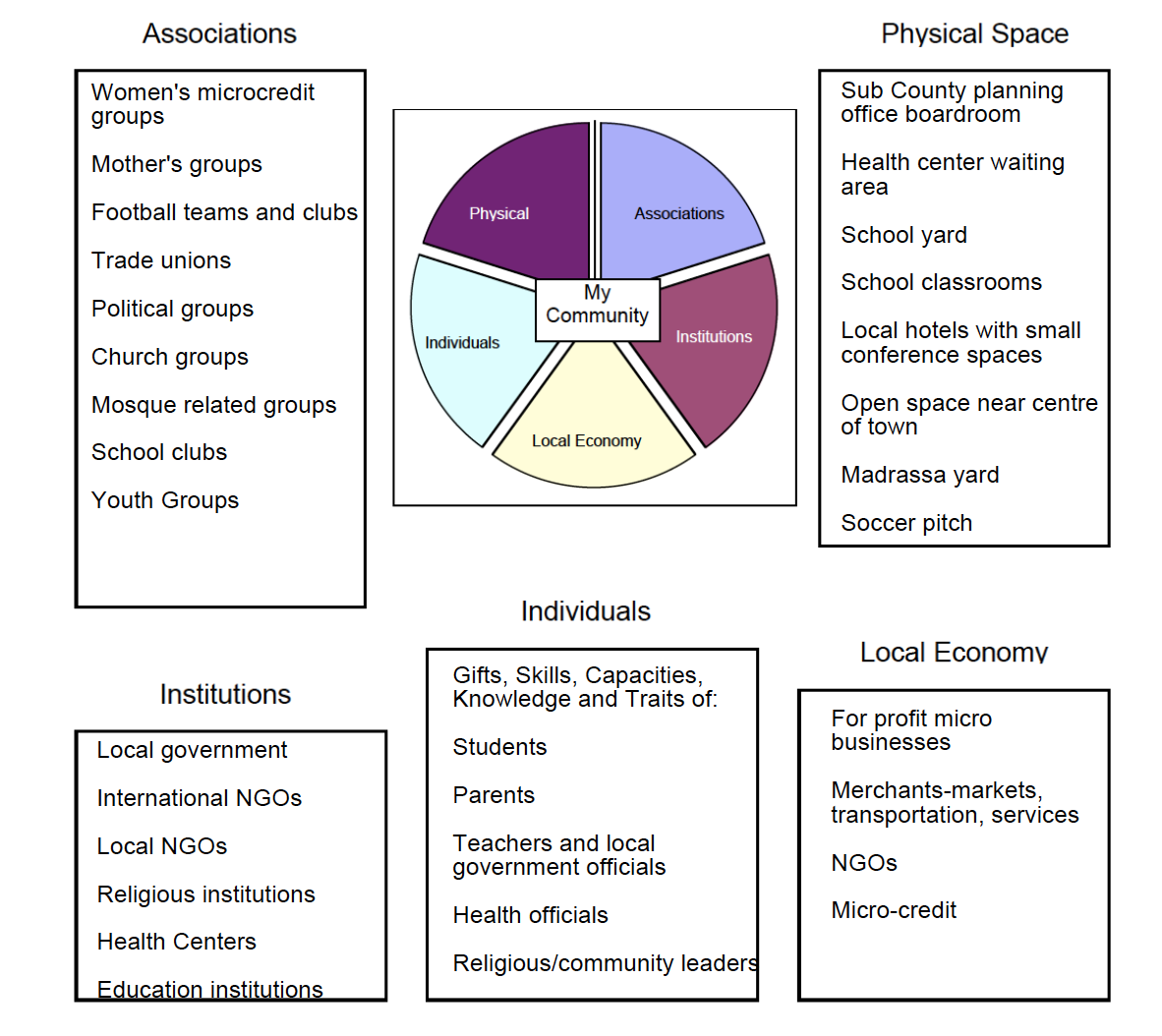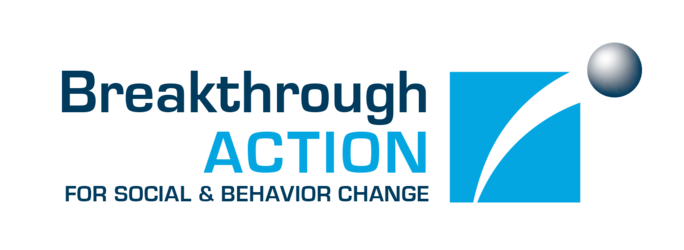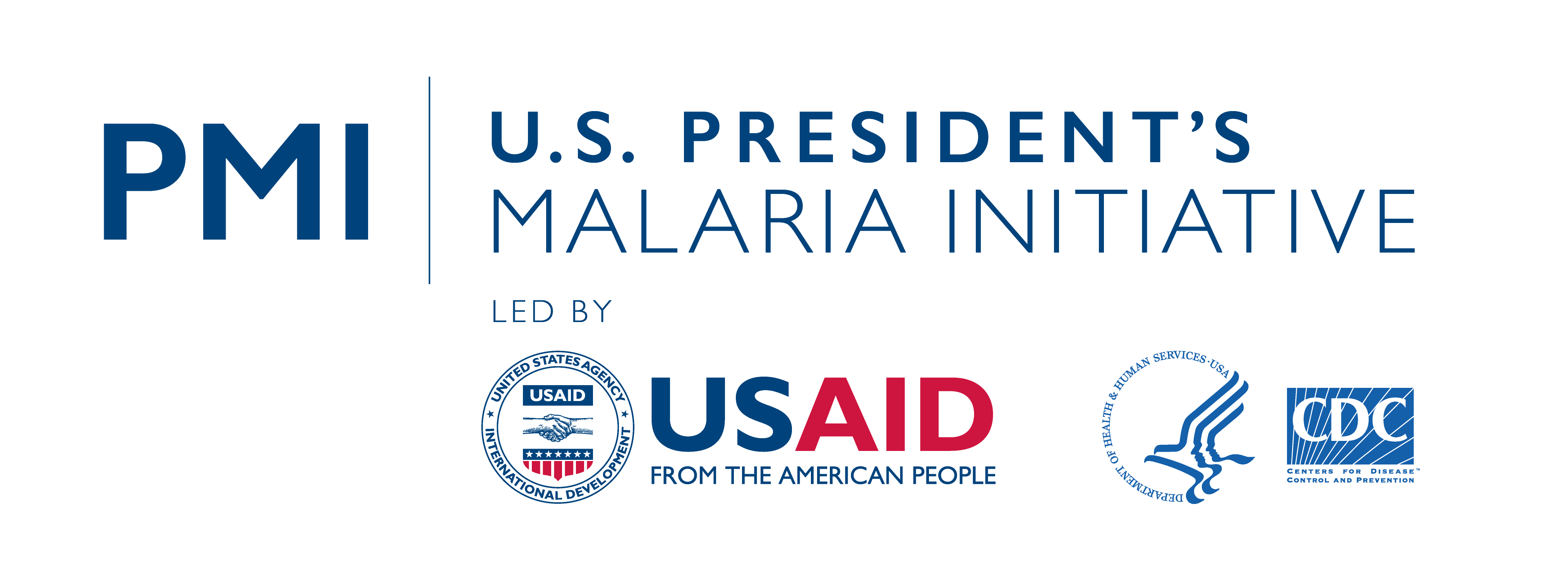Step 3: Identify Your Strengths and Assets
Next, assess your community and your organization’s strengths and resources. Listing out these strengths will allow you to use your resources better to promote malaria prevention and treatment. This assessment will help you better integrate malaria activities into your current work.
Ask: What assets already exist in the community?
Example Community Asset Map:
Magongo Santana Community-Mombasa, Kenya

Blank Community Assets: Word – (EN | FR | PT )
Blank Community Assets: PDF – (EN | FR | PT )
Ask: What assets (time, resources, experience) does your organization have to promote malaria prevention and treatment in local communities? Then, think about how you can use these strengths and assets to support malaria activities in the communities you serve.
Example Organizational Assets Worksheet-Magongo Santana Mosque
Your assets | How can these assets be connected to malaria activities at the community-level? |
Human resources, personnel | Iman-Ali Rahman, Mosque Medical Advisor to Iman Ali-Dr. Hussain Abduhalli, Madrassa staff |
Constituents, relationships with community | 75% of the neighborhood attend this mosque and their children go through the Madrassa. The Mosque has a Council for Community Affairs and works with the local Ministry of Planning, Ministry of Health and Ministry of Women and Gender offices routinely. Iman Ali is a part of the Mombasa Interfaith Partnership |
Space and facilities | Main mosque prayer space for men and upstairs mosque prayer space for women, Madrassa classroom spaces x 4 and Canteen space |
Expertise | Iman Ali has been trained in different areas by different NGO and government initiatives including agriculture, gender, health and poverty alleviation. He has been the Iman at the mosque for over 20 years and was born and raised in a nearby community |
Blank Organizational Assets Table: Word – (EN | FR | PT )
Blank Organizational Assets Table: PDF – (EN | FR | PT )


